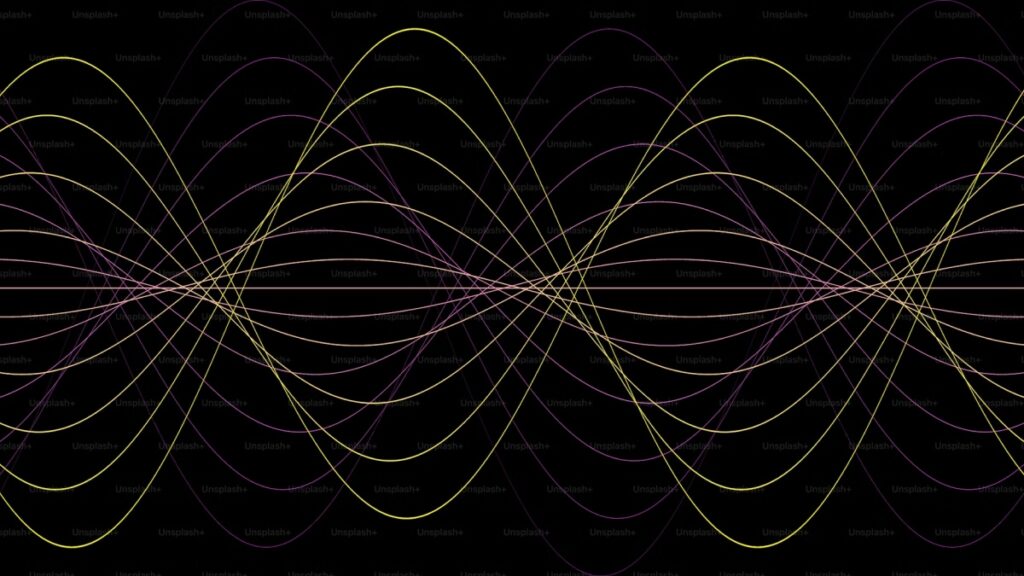Martian impact basins, previously assumed to be demagnetised due to an inactive planetary dynamo, may instead reflect the impact of a reversing magnetic field, a new study suggests. Led by Dr Silpaja Chandrasekar, PhD, indicates that Mars’s fluctuating dynamo may have been active longer than anticipated, with implications for understanding planetary evolution.
Impact Basins and Cooling Effects
In a paper published in the journal Nature Communications, researchers explored how the magnetic fields of large Martian impact basins, which appear weak, could be influenced by prolonged cooling and reversing dynamo activity rather than an early cessation of the dynamo. They modelled cooling patterns in these basins and found that frequent polarity reversals—switching the magnetic field’s direction—significantly reduced the intensity of magnetism within these regions, creating a “demagnetised” appearance.
Martian Dynamo History
Historically, studies on Mars’s dynamo—a mechanism that generates planetary magnetism—have centred on determining its operational timeline and role in planetary climate and structure. Evidence from young volcanic formations and meteorites, such as Allan Hills 84001, implies that Mars’s dynamo might have persisted until 3.7 billion years ago, challenging assumptions of its early shutdown.
Researchers theorised that during cooling periods, oppositely magnetised layers formed within Martian basins due to magnetic field reversals, leading to weak magnetic signals. The study quantified this by evaluating factors like reversal rate, Curie depth, and thermal cooling timescale.
Reversal Rates and Magnetic Field Evolution
Using finite element analysis and thermal simulations, the team analysed cooling behaviours in various Martian basins, assessing how different reversal frequencies affected field strength. For higher reversal rates (above 1.5 reversals per million years), significant reductions in magnetic field strength were observed, particularly at higher altitudes above 200 kilometres.
Basin size influenced the magnetic patterns detected: smaller basins displayed dipolar fields, while larger ones exhibited complex magnetic structures, with field strength peaks along their rims. A gradual decline in peak field strength aligned with theoretical predictions for materials undergoing slow magnetisation changes in response to continuous reversals.
Implications for Martian Magnetic Evolution
This study proposes that frequent dynamo reversals, rather than an early dynamo shutdown, explain weak magnetic fields in Martian basins. With higher reversal rates, larger basins exceeding 800 kilometres displayed weakened magnetism. Smaller basins, however, could appear demagnetised even at moderate reversal frequencies, adding complexity to Martian magnetic analysis.
The findings provide new insights into Mars’s core convection and atmospheric dynamics, reinforcing the possibility of a reversing Martian dynamo persisting up to 3.7 billion years ago, shaping the planet’s early magnetic landscape.
